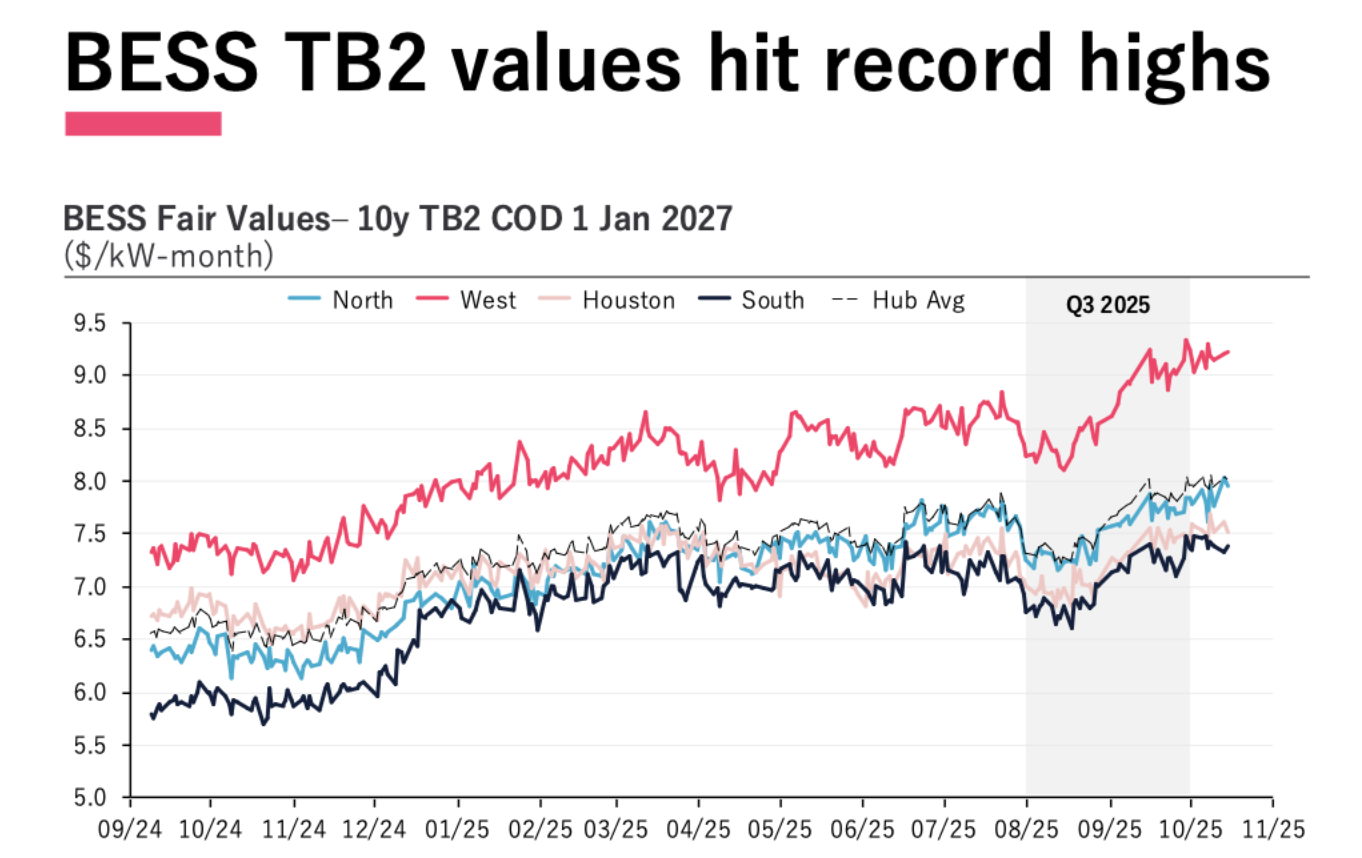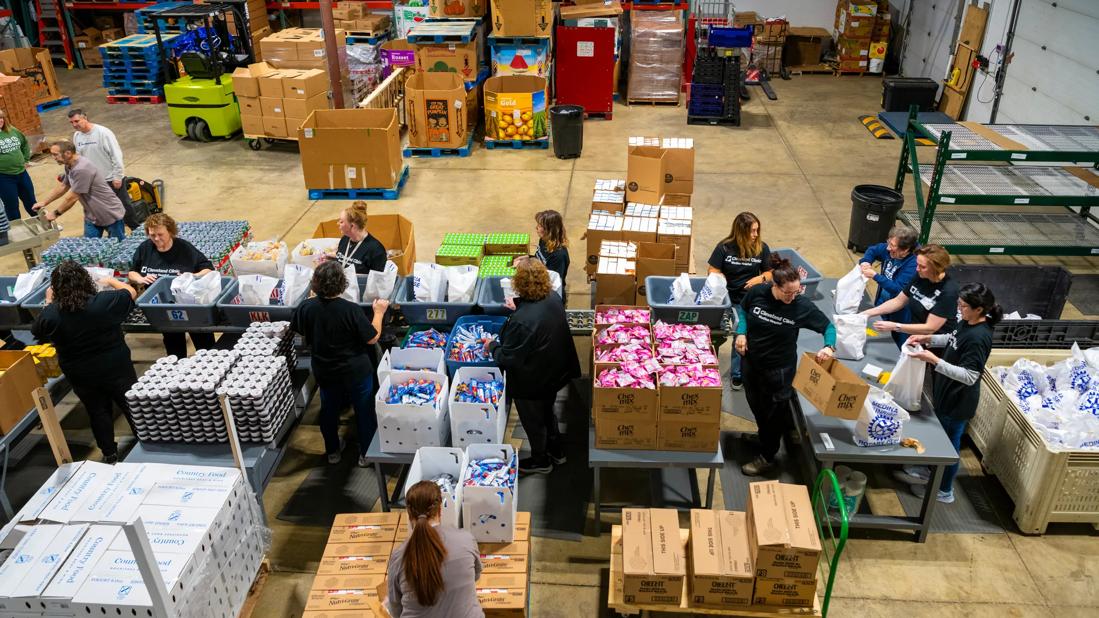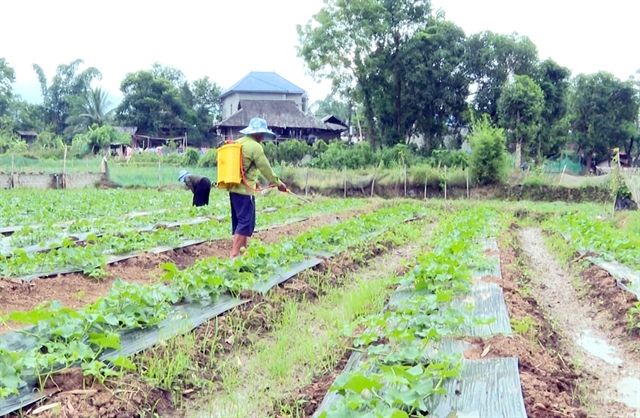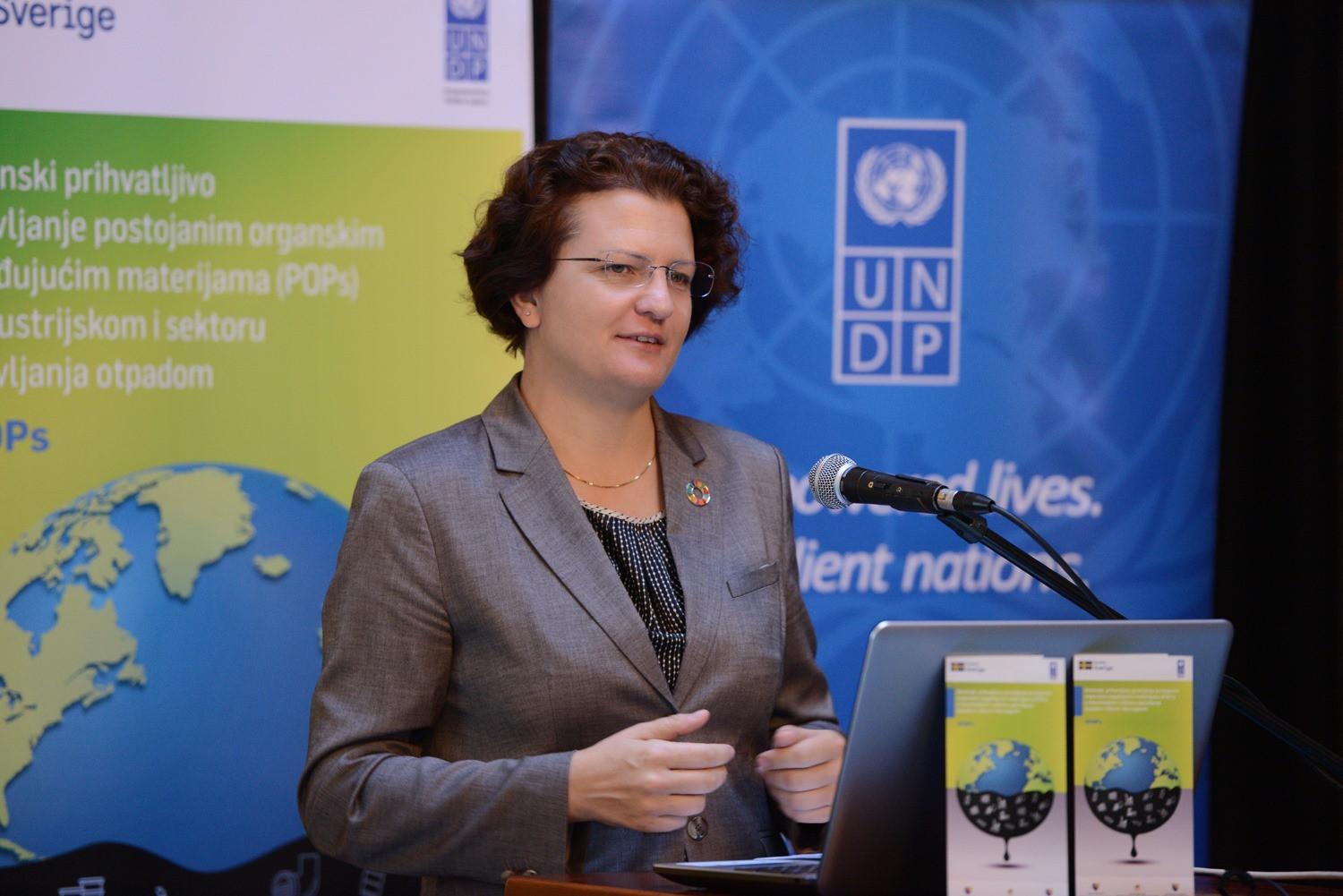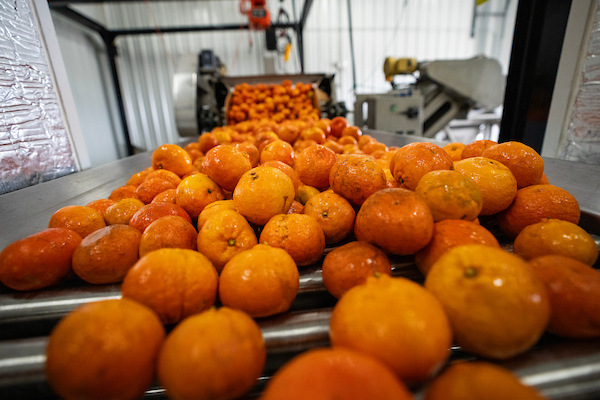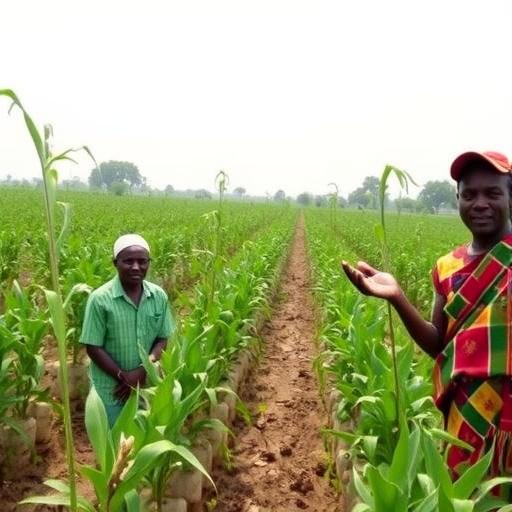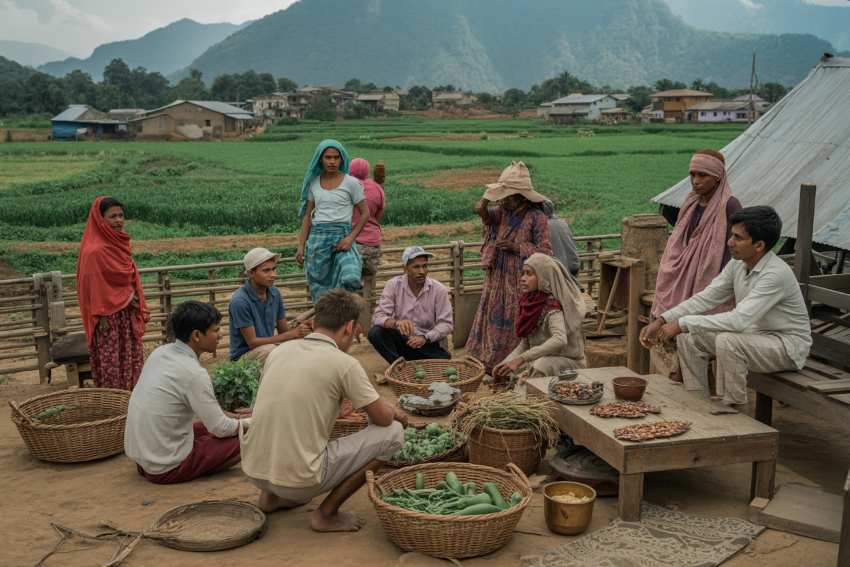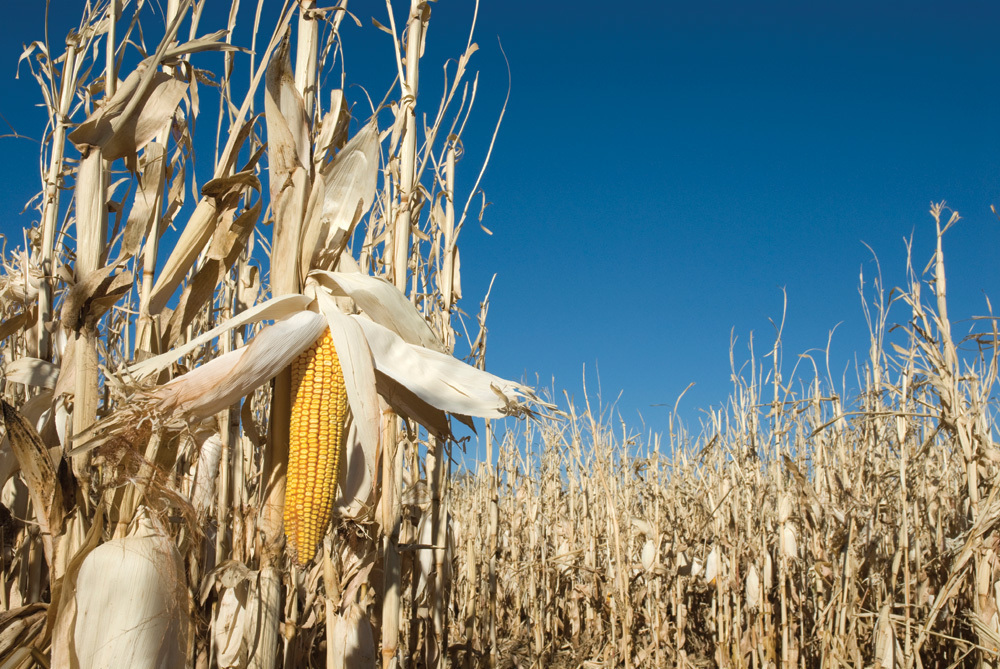Cover Crop Use Rises Over the Last Decade – AG INFORMATION NETWORK OF THE WEST

Report on the Increased Adoption of Cover Crops and Contribution to Sustainable Development Goals
Analysis of Adoption Trends in Major US Crops
Data from the Agricultural Resource Management Survey indicates a significant rise in the adoption of cover crops over the last decade. This practice, which involves planting seasonal living cover between primary commodity crops, is increasingly being integrated into the cultivation of major cash crops. The findings highlight a clear upward trend, demonstrating a growing commitment to sustainable agricultural practices.
- Cotton: As of 2019, cover crops were planted on 19 percent of all cotton acres.
- Soybeans: As of 2023, cover crops were utilized on 11 percent of all soybean acres.
- Corn: As of 2021, cover crops were planted on eight percent of all corn-for-grain acres.
Drivers of Adoption and Alignment with Sustainable Development Goals (SDGs)
The increased use of cover crops is driven by their multifaceted benefits, which directly support the achievement of several United Nations Sustainable Development Goals. Farmers utilize cover crops to enhance farm resilience and environmental stewardship.
Contribution to SDG 2: Zero Hunger
By improving soil health, cover crops are fundamental to building resilient and productive agricultural systems.
- Increased soil organic matter and moisture retention lead to improved crop yields and long-term food security.
- Enhanced soil structure supports more consistent production, contributing to stable food supplies.
Contribution to SDG 6: Clean Water and Sanitation & SDG 15: Life on Land
Cover crops are a critical tool for protecting terrestrial ecosystems and water resources.
- Erosion Prevention: The vegetative cover protects soil from wind and water erosion, directly supporting SDG 15 by combating land degradation.
- Water Quality Protection: Cover crops reduce nutrient runoff, particularly from manure applications, preventing pollutants from entering waterways and thus advancing the objectives of SDG 6.
- Biodiversity: Healthy, covered soil fosters a richer soil microbiome, contributing to the biodiversity targets within SDG 15.
Contribution to SDG 13: Climate Action
The practice of using cover crops plays a role in climate change mitigation.
- The increase in soil organic matter enhances carbon sequestration, removing carbon dioxide from the atmosphere and storing it in the soil.
Conclusion
The growing adoption of cover crops in corn, soybean, and cotton farming represents a positive shift towards more sustainable production models. This trend not only provides direct agronomic benefits, such as improved soil health and forage options, but also makes a substantial contribution to achieving global sustainability targets, particularly SDGs 2, 6, 13, and 15.
1. Which SDGs are addressed or connected to the issues highlighted in the article?
The article on the rising use of cover crops in agriculture connects to several Sustainable Development Goals (SDGs) that focus on environmental sustainability, food security, and land management.
-
SDG 2: Zero Hunger
This goal aims to end hunger, achieve food security, improve nutrition, and promote sustainable agriculture. The article directly relates to this by discussing agricultural practices (cover cropping) that enhance the sustainability of farming systems for major commodity crops like corn, soybeans, and cotton. These practices improve soil health, which is fundamental for long-term food production.
-
SDG 12: Responsible Consumption and Production
This goal includes the sustainable management and efficient use of natural resources. The article’s focus on cover crops as a method to improve soil health, prevent erosion, and increase soil moisture and organic matter is a clear example of sustainable management of a key natural resource: land/soil.
-
SDG 15: Life on Land
This goal is dedicated to protecting, restoring, and promoting the sustainable use of terrestrial ecosystems and halting land degradation. The use of cover crops, as described in the article, is a direct action to combat land degradation by preventing soil erosion and improving soil quality, thus contributing to the health of terrestrial ecosystems.
2. What specific targets under those SDGs can be identified based on the article’s content?
Based on the SDGs identified, the following specific targets are relevant to the article’s content:
-
Target 2.4
“By 2030, ensure sustainable food production systems and implement resilient agricultural practices that increase productivity and production, that help maintain ecosystems, that strengthen capacity for adaptation… and that progressively improve land and soil quality.”
Explanation: The article highlights that cover crops are used to “address soil health or erosion concerns” and “increase soil moisture and organic matter.” These are resilient agricultural practices that directly contribute to improving land and soil quality, which is a core component of this target.
-
Target 12.2
“By 2030, achieve the sustainable management and efficient use of natural resources.”
Explanation: The article discusses how cover crops provide “winter cover for soil that might otherwise be bare,” which is a practice for the sustainable management of soil resources. By preventing erosion and enhancing soil health, farmers are using their land resources more efficiently and sustainably for future production.
-
Target 15.3
“By 2030, combat desertification, restore degraded land and soil… and strive to achieve a land degradation-neutral world.”
Explanation: The primary benefits of cover crops mentioned in the article, such as preventing “erosion and increase soil moisture and organic matter,” are direct methods to combat land degradation. The adoption of this practice is a step towards restoring soil health and achieving land degradation neutrality.
3. Are there any indicators mentioned or implied in the article that can be used to measure progress towards the identified targets?
Yes, the article provides specific quantitative data that can serve as indicators to measure progress towards the identified targets.
-
Indicator for Target 2.4 (specifically Indicator 2.4.1: Proportion of agricultural area under productive and sustainable agriculture)
The article provides precise figures that can be used as a proxy for this indicator. It states that “producers planted cover crops on eight percent of all corn-for-grain acres planted (2021), 11 percent of all soybean acres planted (2023), and 19 percent of all cotton acres planted (2019).” These percentages directly measure the adoption of a specific sustainable agricultural practice over a defined area, allowing for tracking progress over time.
-
Indicator for Target 15.3 (specifically Indicator 15.3.1: Proportion of land that is degraded over total land area)
While the article does not directly measure the proportion of degraded land, it provides data on the adoption of a key practice used to prevent land degradation. The statistics on the percentage of corn, soybean, and cotton acres using cover crops serve as a positive, proactive indicator. An increase in these percentages over time would imply progress in efforts to combat land degradation and thus contribute to achieving Target 15.3.
4. Create a table with three columns titled ‘SDGs, Targets and Indicators” to present the findings from analyzing the article.
| SDGs | Targets | Indicators |
|---|---|---|
| SDG 2: Zero Hunger | Target 2.4: Ensure sustainable food production systems and implement resilient agricultural practices… that progressively improve land and soil quality. | Implied Indicator (related to 2.4.1): The proportion of agricultural area under sustainable practices, measured by the percentage of acres planted with cover crops:
|
| SDG 15: Life on Land | Target 15.3: Combat desertification, restore degraded land and soil… and strive to achieve a land degradation-neutral world. | Implied Indicator (related to 15.3.1): The adoption rate of practices that prevent land degradation. The article’s statistics on cover crop usage on corn, soybean, and cotton acres serve as a measure of proactive efforts to prevent soil erosion and degradation. |
| SDG 12: Responsible Consumption and Production | Target 12.2: Achieve the sustainable management and efficient use of natural resources. | Implied Indicator: The extent of adoption of sustainable resource management practices. The rising use of cover crops over the last decade, as described in the article, indicates progress toward this target. |
Source: aginfo.net

What is Your Reaction?
 Like
0
Like
0
 Dislike
0
Dislike
0
 Love
0
Love
0
 Funny
0
Funny
0
 Angry
0
Angry
0
 Sad
0
Sad
0
 Wow
0
Wow
0



































